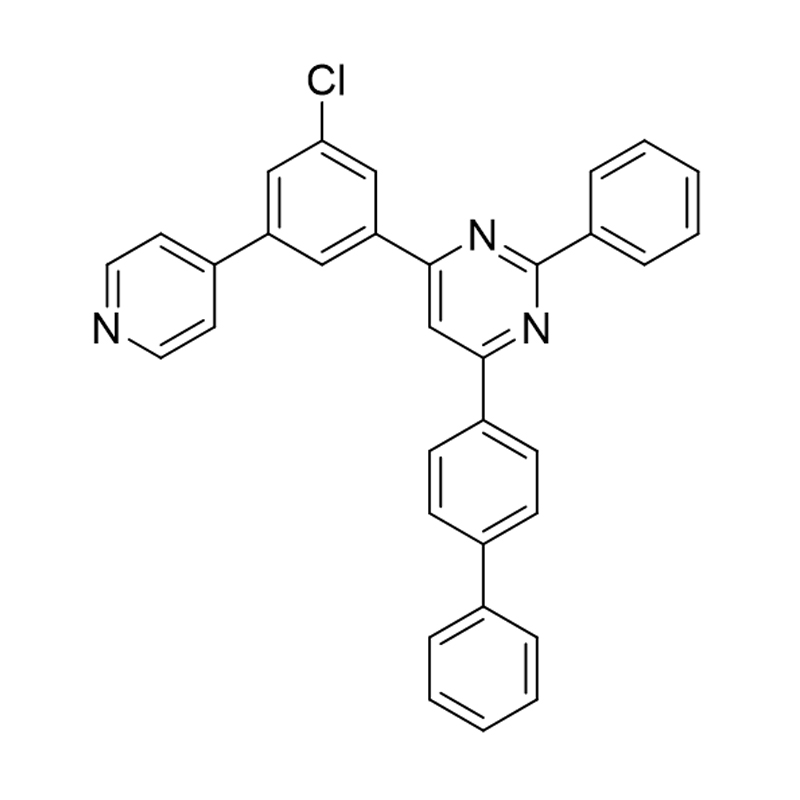How Are Naphthalene Derivatives Used in Surfactant Production?
Nov 14,2025What Role Do Pyrimidine Derivatives Play in Biological Systems?
Nov 07,2025Thiophene Derivatives: Uses, Properties, and Applications
Oct 31,2025How Do Triazine Derivatives Act as Antimicrobial or Antifungal Agents?
Oct 24,2025What Makes Carbazole Derivatives Chemically Stable?
Oct 17,2025Pyrimidine derivatives have captured the attention of researchers and scientists for decades, owing to their pivotal role in various chemical and biological processes. These compounds, derived from the nitrogenous base pyrimidine, serve as the foundation for numerous biologically active molecules that are integral to modern medicine, agriculture, and biochemistry. The inherent versatility of pyrimidine derivatives makes them essential for synthesizing a wide array of pharmaceuticals, agrochemicals, and diagnostic agents. Their unique structural attributes contribute significantly to their broad spectrum of applications, which continue to evolve as research deepens.
At their core, pyrimidine derivatives are compounds based on the pyrimidine ring, a six-membered structure containing two nitrogen atoms. The ability to modify this core structure by substituting different functional groups enables the creation of a diverse range of compounds, each with distinct properties and uses. This structural adaptability is one of the key factors that drives the growing interest in pyrimidine derivatives, especially in fields such as drug development and chemical synthesis.
In the realm of medicinal chemistry, pyrimidine derivatives are indispensable. They form the backbone of several classes of therapeutic agents, including antiviral, anticancer, and antibacterial drugs. For instance, drugs like cytarabine, a chemotherapy agent, and zidovudine, an antiretroviral medication, are both pyrimidine analogs. These derivatives exploit the pyrimidine base's affinity for DNA and RNA molecules, making them highly effective in disrupting the replication of harmful cells or pathogens. The ability to target specific cellular processes through the modulation of nucleic acids has made pyrimidine derivatives a cornerstone in the fight against various diseases, including cancer and viral infections.
Moreover, the utility of pyrimidine derivatives extends beyond human health. In the field of agriculture, these compounds are employed as vital components of pesticides and herbicides. Their role in controlling pests and diseases has become increasingly important as the need for sustainable farming practices grows. The modification of pyrimidine structures to enhance their pesticidal properties has led to the development of more effective and environmentally friendly solutions for crop protection. This has sparked interest among researchers striving to balance the efficacy of chemical treatments with the pressing need to minimize ecological impact.
The diversity of pyrimidine derivatives also positions them as valuable tools in biochemical research and diagnostics. Their application spans the development of diagnostic tests and reagents, which rely on the ability of these compounds to interact specifically with biological molecules. In particular, pyrimidine derivatives are utilized in the design of probes for detecting nucleic acid sequences, allowing for more precise and rapid diagnostics in areas such as genetic testing and disease detection. This capability has profound implications for personalized medicine, where early detection of conditions such as genetic disorders or cancer is crucial for effective treatment.

While the applications of pyrimidine derivatives are vast, their synthesis and modification remain areas of intense research. Advances in synthetic chemistry have made it possible to create a wider variety of pyrimidine-based compounds with improved potency, selectivity, and safety profiles. The development of new methods for efficiently synthesizing these derivatives has opened doors for the creation of novel drugs and chemicals that were once considered beyond reach. As researchers continue to explore the intricate relationships between structure and function, it is likely that even more groundbreaking uses for pyrimidine derivatives will emerge.
The continued exploration of pyrimidine derivatives promises to yield new insights into the molecular mechanisms that govern life itself. Their ability to participate in critical biological processes, coupled with their remarkable chemical versatility, positions them as key players in the advancement of science and technology. Whether in the development of new therapies, the creation of more sustainable agricultural practices, or the enhancement of diagnostic tools, pyrimidine derivatives will undoubtedly remain at the forefront of scientific discovery for years to come.
Pyrimidine derivatives are far more than just chemical compounds; they are indispensable assets in multiple fields, from medicine to agriculture. Their broad spectrum of applications and potential for innovation ensures they will continue to be a focal point of scientific research, shaping the future of healthcare, environmental sustainability, and beyond.
Copyright © 2023 Suzhou Fenghua New Material Technology Co., Ltd. All Rights Reserved.
Custom OLED Material Intermediate Manufacturers

